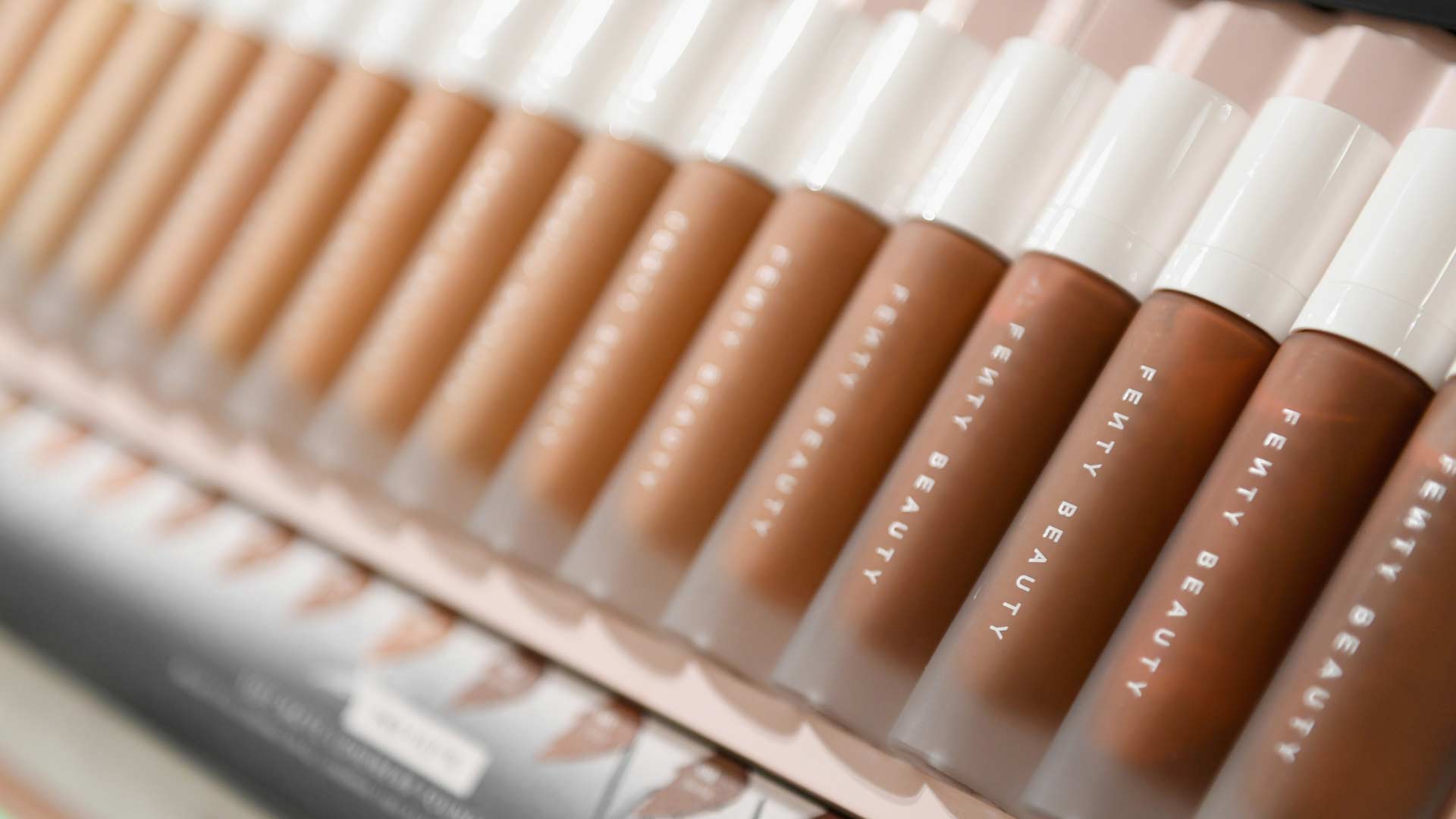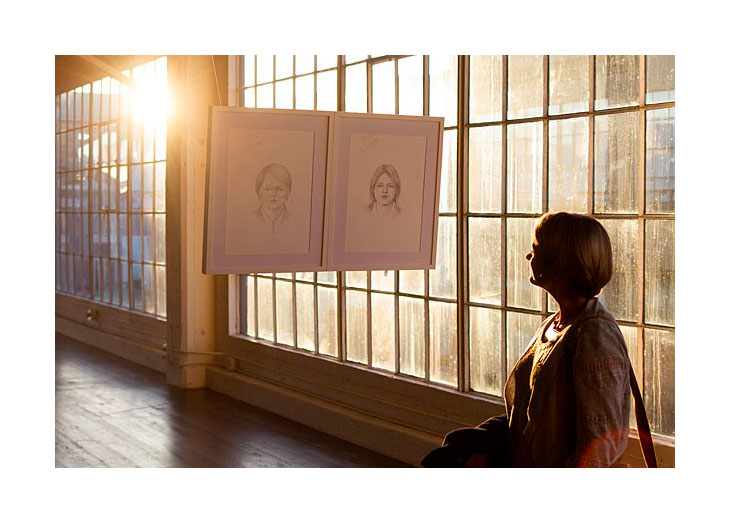Case Studies List
Serena Williams and the GLP-1 Weight-Loss Campaign
When Serena Williams appeared in an ad campaign endorsing GLP-1 weight-loss injections, the backlash was immediate. As a globally recognised athlete and role model, her promotion of a prescription-only treatment was seen as irresponsible. Critics argued that the campaign blurred the line between healthcare and beauty marketing, normalised the use of medical drugs for aesthetic purposes, and ignored the risks of advertising medication directly to consumers.
For many, the issue wasn’t Serena’s personal decision to use the treatment — it was the fact that it was packaged and sold back to the public as aspirational, with no acknowledgment of the medical safeguards such drugs require.

Skye Wheatley’s Rejuran Facial Backlash
Australian influencer Skye Wheatley promoted Rejuran injections — marketed online as the “salmon sperm facial” — with before-and-after content and clinic shoutouts. The posts ignored Therapeutic Goods Administration (TGA) rules banning influencers from advertising medical procedures. Regulators were quick to flag the breach: the TGA has issued over 13,000 ad removal requests, yet enforcement against social influencers remains uneven. Critics denounced Wheatley’s posts as irresponsible, arguing they fuel unrealistic beauty standards and circumvent vital public health safeguards.

Fenty Beauty – Inclusive by Default
Fenty Beauty disrupted the cosmetics industry at launch by offering 40 foundation shades, addressing the long-standing exclusion of diverse skin tones. Rihanna and her team didn’t market inclusivity as a niche add-on — they built it into the brand’s DNA.
The result was seismic. Consumers of colour, often overlooked in mainstream beauty, embraced the brand as a cultural milestone. Competitors scrambled to expand their shade ranges, proving the commercial power of inclusivity. Fenty’s success wasn’t just financial, it reshaped the expectations of an entire sector.

Kim Kardashian’s SKKN by Kim Campaign, 2023
When Kim Kardashian’s skincare brand launched a campaign featuring heavily filtered visuals and unattainable “glass skin,” it faced immediate backlash from Gen Z and younger millennials online. On TikTok especially, users highlighted the disconnect between the brand’s flawless imagery and the reality of skincare routines.
Instead of inspiration, the campaign triggered frustration and mistrust. The criticism fed into a wider conversation about the beauty industry’s responsibility for promoting unrealistic standards, further reinforcing consumer demand for authenticity.

CVS Pharmacy's "Truth in Beauty", 2018
CVS became the first major US retailer to commit to ending the use of digitally altered images in its marketing materials. The “Beauty Mark” initiative labelled untouched images with a watermark and pledged to phase out photoshopped ads across all in-store, online, and social channels by 2020.
Consumers, particularly women and parents, responded positively. The move earned praise for addressing the harmful role of unrealistic imagery in beauty marketing. It differentiated CVS from competitors, positioned it as a leader in authenticity, and was widely covered in the press as a turning point for transparency in beauty retail.

Gymshark – Building a Community Through Authenticity
Gymshark, a UK-based fitness apparel brand, has built one of the fastest-growing Gen Z communities in beauty-adjacent culture by embracing authenticity. Their campaigns feature athletes and influencers with diverse body types, visible skin conditions, and unfiltered content. Instead of presenting one rigid “ideal body,” Gymshark leans into relatability, celebrating progress and community over perfection.
This approach has earned them a loyal following, particularly among Gen Z consumers who connect fitness, appearance, and mental health. By creating content that feels inclusive and real, Gymshark positioned itself as more than a product — it became part of a lifestyle rooted in confidence and self-expression.

Dove's "Real Beauty Sketches", 2013
Dove launched its “Real Beauty Sketches” campaign. A forensic artist drew portraits of women based first on how they described themselves, then again based on how strangers described them. The differences were stark: women consistently highlighted flaws that strangers hadn’t even noticed. The campaign struck a chord, quickly going viral as one of the most-watched online ads of its time.
Consumers praised Dove for challenging beauty stereotypes and highlighting the gap between self-perception and reality. It helped reinforce the brand’s long-running “Real Beauty” positioning as authentic and socially responsible.

Dove's "Body-Shaped Bottles", 2017
Dove misstepped by releasing shampoo bottles in “different body shapes” — tall, short, curvy, slim — meant to represent diversity. Instead of praise, the idea was widely mocked as tone-deaf and performative. The campaign drew ridicule across social media, where consumers felt it trivialised body positivity and reduced women’s bodies to gimmicky packaging.
The backlash was fast and unforgiving. What Dove intended as a celebration of diversity was seen as out-of-touch, undermining the very values it had spent years building.

